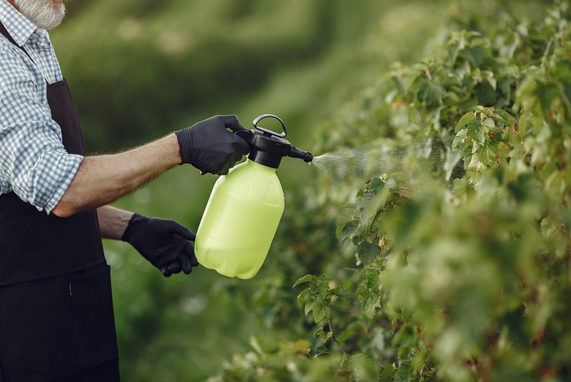Non-ionic surfactants have become indispensable components in modern pesticide formulations, playing a critical role in improving the performance and efficiency of agricultural products. These versatile additives enhance the delivery, stability, and overall effectiveness of pesticides, ensuring optimal results for farmers and contributing to sustainable crop protection practices.
One of the key functions of non-ionic surfactants is to improve the spreading and wetting properties of spray solutions. By reducing the surface tension of liquid droplets, these surfactants enable more uniform coverage on plant surfaces, including hard-to-reach areas such as the undersides of leaves. This ensures that active ingredients are distributed evenly, maximizing contact with target pests and diseases.
In addition to enhancing coverage, non-ionic surfactants facilitate better penetration of active ingredients through plant cuticles and membranes. This is particularly important for systemic pesticides, which need to be absorbed and transported within the plant to reach their intended targets. By improving uptake, these surfactants help increase the bioavailability of the active ingredients, leading to faster and more effective action.
Another significant advantage of non-ionic surfactants is their ability to improve the compatibility and stability of pesticide formulations. They help emulsify oils, suspend solids, and prevent separation of ingredients in tank mixes, ensuring consistent performance throughout application. This stability is crucial for maintaining the efficacy of the product from the moment it is mixed until it is applied in the field.
Non-ionic surfactants are also known for their low phytotoxicity and environmental compatibility. Unlike some ionic surfactants, they are less likely to cause damage to crops or harm beneficial organisms when used at recommended rates. This makes them a preferred choice for integrated pest management (IPM) programs and sustainable farming systems.
Furthermore, the flexibility of non-ionic surfactants allows them to be tailored for specific formulations and applications. Whether used in herbicides, fungicides, or insecticides, they can be optimized to address challenges such as rainfastness, evaporation resistance, or adhesion to specific plant surfaces.
In conclusion, non-ionic surfactants offer a powerful solution for enhancing the performance of pesticide formulations. Their ability to improve coverage, penetration, stability, and compatibility makes them invaluable tools in modern agriculture. By leveraging these benefits, formulators can develop more effective and reliable products that meet the evolving needs of farmers worldwide.


